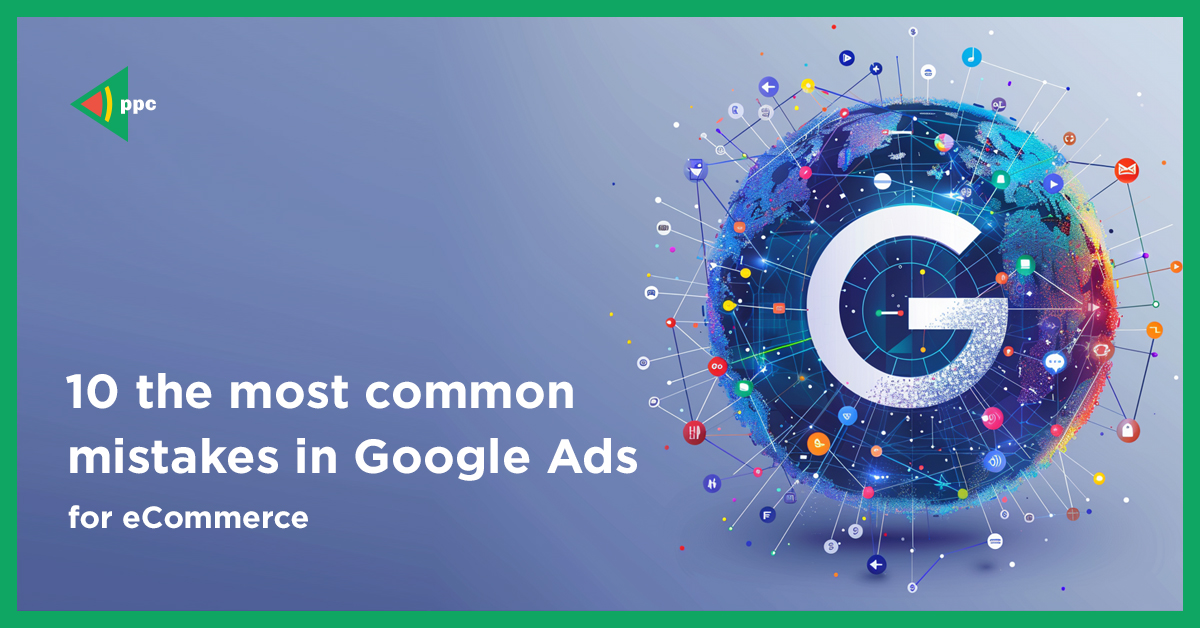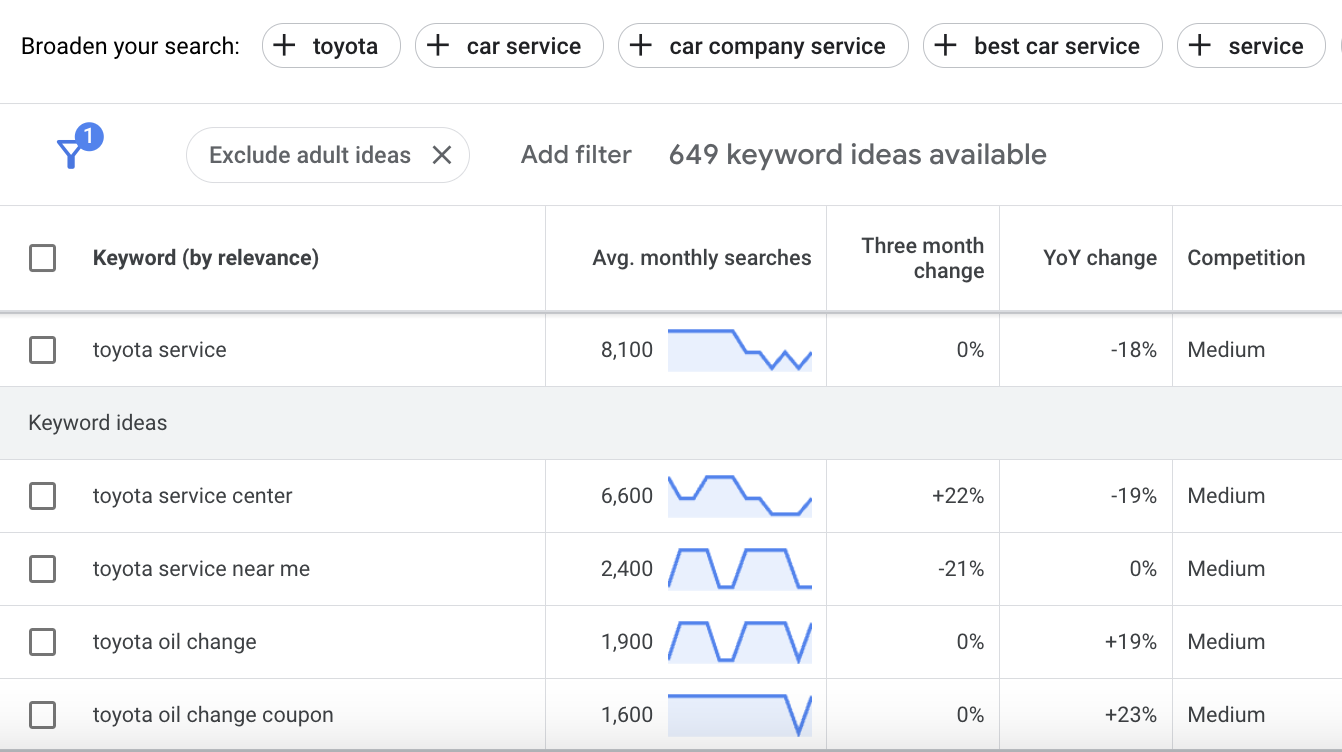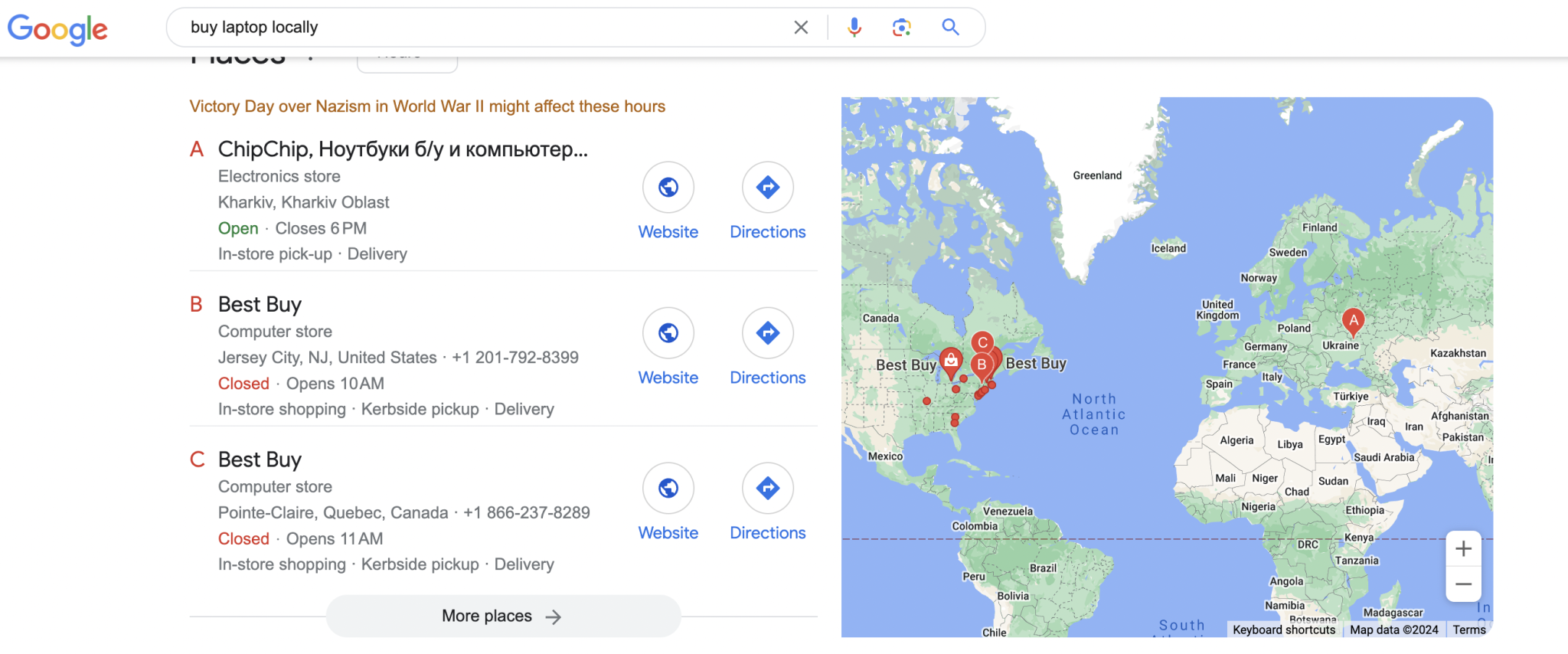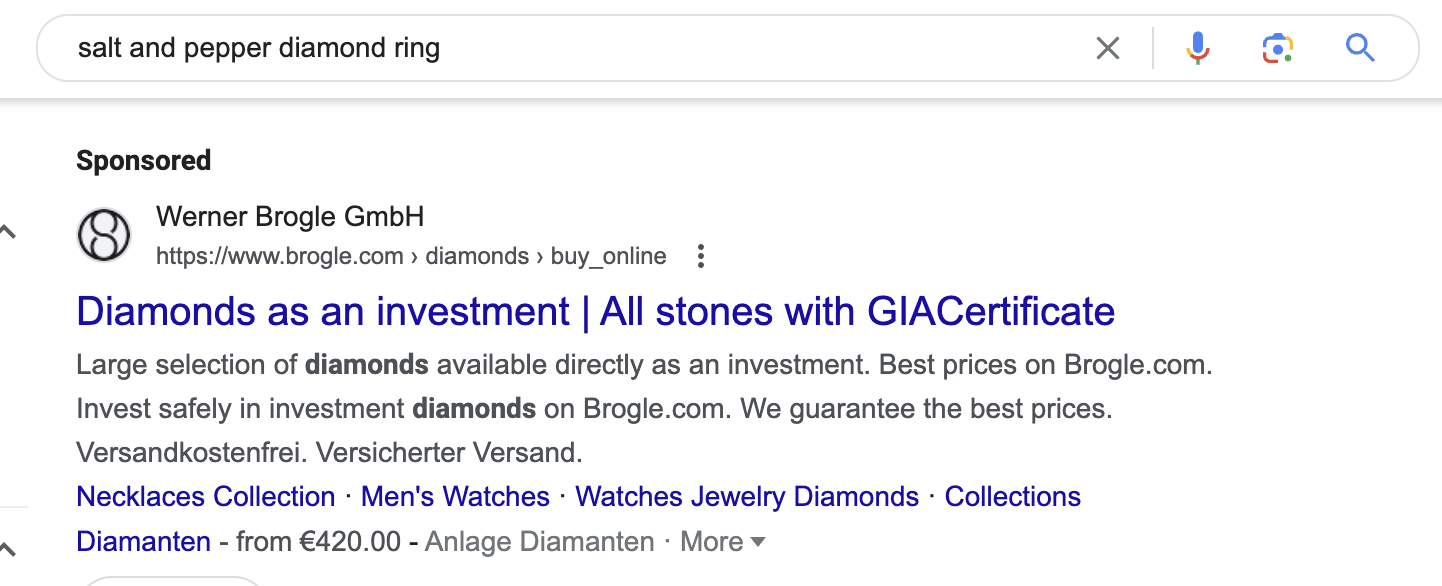
TOP 10 mistakes in PPC ads for eCommerce
Contextual advertising stands out as the most efficient and rapid method to test your concept and drive sales for your online store. However, many advertisers shy away from utilizing this tool due to either a lack of understanding or apprehension regarding advertising costs. Drawing from our extensive experience, I can confidently affirm that contextual advertising has remained the optimal choice for swiftly validating your ideas for over a decade.
To ensure the effectiveness of your ad campaign and prevent unnecessary expenses, it’s crucial to steer clear of the most prevalent setup errors. In this article, I will outline the ten most common mistakes in contextual advertising for eCommerce and provide insights on how to evade them.
Several mistakes commonly waste budget on Google Ads for eCommerce projects:
- Broad Match Keywords: Using broad match keywords without proper negative keyword management can lead to your ads showing up for irrelevant searches, resulting in wasted clicks and budget.A surge in traffic isn’t always advantageous, particularly in PPC advertising where you foot the bill for every click. To avoid squandering your budget on irrelevant clicks, it’s essential to have a clear grasp of which keywords are pertinent and which ones are best to avoid for now. Utilizing the Google Keyword Planner tool can help you pinpoint relevant keywords. Additionally, employing exact or phrase match types ensures that the search queries align closely with your intended audience.

Here’s how it works in practice: If we opt for the broad match keyword “toyota service,” our ad could potentially appear for any search queries closely related to any of the words within the phrase. Conversely, by using the exact match [toyota service], our ad will exclusively show up for that specific search query. - Lack of Geographic Targeting: Not properly targeting your ads geographically can result in your ads being shown to users outside your target market, leading to inefficient spending.
For improved conversion rates, it’s crucial to tailor your geotargeting settings to your delivery areas. If your delivery is limited to specific regions or countries, it’s wise to focus your targeting accordingly and avoid including areas outside of your service range. Furthermore, it’s beneficial to analyze your advertising campaigns over time to identify the geolocations that yield the highest conversion rates, while discontinuing those that perform poorly.We recommend delving into our article on optimizing Google My Business for further insights.

- Failure to Utilize Ad Extensions: Neglecting to use ad extensions such as sitelinks, callouts, and structured snippets can limit the visibility and effectiveness of your ads, potentially reducing their click-through rates and wasting ad spend.

Google Ads, renowned for its efficacy among small and medium-sized businesses, particularly in e-commerce, offers a plethora of advertising opportunities to enhance efficiency. Novice advertisers often struggle due to underutilization of the platform’s capabilities, typically tapping into only 10-20% of its potential. Leveraging options such as ad extensions and dynamic inserts can significantly enhance the visibility and effectiveness of your ads. It’s essential not to overlook the opportunities presented by advertising systems. - Not Leveraging Remarketing: Forgetting to implement remarketing campaigns to target users who have previously visited your website can lead to missed opportunities to re-engage interested prospects and convert them into customers.
Remarketing is a powerful tool for reengaging potential customers who have previously visited your site, potentially recapturing up to 80% of lost prospects. Setting up remarketing audience collection promptly enables you to expand your customer base and boost sales. Additionally, establishing automated email marketing funnels from the outset can yield further benefits. - Poor Quality Score Management: Ignoring quality score optimization can result in higher costs per click (CPC) and lower ad positions, reducing the efficiency of your advertising budget.
Quality Score hinges on the quality of your ads, page relevance, and well-selected keywords. Click costs and advertising effectiveness are directly influenced by your Quality Score level. Monitoring this indicator within your account or through third-party services like tenscores.com is crucial for optimizing your campaigns. - Overlooking Mobile Optimization: Failing to optimize ads and landing pages for mobile users can lead to poor user experience and wasted ad spend, considering the significant portion of eCommerce traffic that comes from mobile devices.
Mobile traffic and sales have surpassed desktop figures, underscoring the importance of mobile optimization. If your website isn’t user-friendly on mobile devices, you risk losing potential customers. Ensuring easy navigation, comprehensive product descriptions, reviews, and multimedia elements are essential. Remember, success isn’t solely determined by pricing. - Ineffective Ad Copy: Writing uninspiring or irrelevant ad copy can result in low click-through rates (CTR), reducing the effectiveness of your ads and wasting budget on underperforming campaigns.
As previously emphasized, maximizing the effectiveness of your ads requires leveraging all available opportunities within advertising systems. Invest time and effort into personalizing your ads with dynamic inserts, timers, special offers, and incorporating reviews to bolster engagement and conversions. - Ignoring Ad Scheduling: Not optimizing ad scheduling to show your ads during peak times when your target audience is most active can lead to inefficient spending and missed opportunities for conversions.

Optimizing ad timing involves a nuanced understanding of user behavior, distinguishing between browsing and purchasing phases. For instance, sales may dip during nighttime when immediate customer support is unavailable, yet browsing activity remains high. Focus on optimizing ad schedules based on performance trends to achieve optimal results. - Not Monitoring Search Terms: Failing to regularly review search terms triggering your ads can result in wasted spend on irrelevant clicks, especially if negative keywords are not added promptly to filter out irrelevant traffic.
Differentiating between search queries and keywords is imperative. While keywords are specified in ad settings, search queries represent what users actually input into search engines. Reviewing search query reports allows you to add relevant queries as keywords and exclude irrelevant ones as negatives, enhancing site traffic relevance and boosting conversion rates. - Skipping Conversion Tracking: Neglecting to set up proper conversion tracking can make it challenging to measure the effectiveness of your campaigns and optimize them for better performance, potentially resulting in wasted budget on underperforming ads.
By avoiding these common mistakes and implementing best practices in your Google Ads campaigns, you can ensure that your eCommerce projects make the most of your advertising budget and drive meaningful results.

Коментарів 0
Relevant articles
Relevant articles
ARE YOU READY TO IMPROVE YOUR PROJECT WITH #UAATEAM?
We will be happy to discuss your project, along with your main goals and objectives. You can schedule a meeting with one of our managers.
Open->
to new